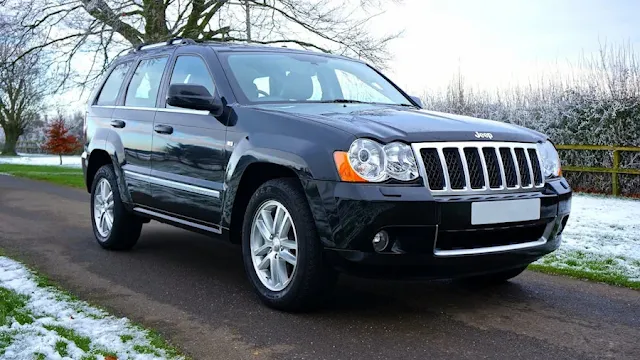Trading in your car is a convenient way to upgrade to a new vehicle, but it often doesn't fetch the highest sale price. However, with the right approach and a bit of negotiation, you can increase the trade-in value and secure a fair deal for your old car.
A dealer can earn up to a 25% profit on a used car, in contrast to approximately a 10% markup on a new car.
Key takeaways
Begin by determining your car's value. Enhance its worth by addressing mechanical problems and improving its appearance. Next, obtain multiple trade-in quotes and negotiate for the best deal. Opt to trade in during times when your car's value may be higher, like winter for 4-wheel drive vehicles. However, avoid trading in if you have outstanding debt on the vehicle.
Understanding the Market Demand
Dealers are always on the lookout for good used cars to resell at a profit. Even if they seem uninterested, their goal is to make a good return on your trade-in.
Key Steps to Maximize Your Car's Trade-In Value
-
Research Your Car’s Value Use resources like Kelley Blue Book and Edmunds to determine the current market value of your car. This information is crucial when negotiating with dealers.
-
Address Mechanical Issues Before trading in, fix any mechanical problems. Cars in better condition generally fetch higher trade-in values.
-
Improve Curb Appeal Clean and detail your car to enhance its appearance. A well-presented car is more likely to attract a higher offer from the dealer.
-
Shop Around Get quotes from multiple dealers and consider online car buying sites to find the best trade-in offer.
-
Negotiate Separately Treat the trade-in and new car purchase as separate transactions. This ensures you get the best value for both.
Timing Your Trade-In
The timing of your trade-in can significantly affect its value. For example, four-wheel drive vehicles are often more in demand during winter months. However, avoid trading in your car if you still owe a significant amount on it, as this can complicate the financials of the deal.
Market Trends
According to Kelley Blue Book, it's currently a seller's market for used cars due to low inventory, meaning dealerships might offer better prices for your trade-in to stock up their lots.
Tips for Negotiation
- Get Multiple Quotes: Before settling, compare offers from different dealers and car buying websites.
- Understand Market Value: Know the retail value of your car and how dealer trade-in quotes compare.
- Highlight Car Maintenance: Provide records of upkeep and any recent repairs to prove the value of your car.
- Be Ready to Walk Away: If the offer doesn’t meet your expectations, be prepared to try another dealer.
The Financial Aspect
If trading in a car with outstanding loans, be cautious of rolling over negative equity into a new loan. This can increase the financial burden and lead to higher interest payments over time.
By doing your homework, addressing any car issues, and approaching negotiations informed and prepared, you can significantly enhance the trade-in value of your vehicle. Remember, the goal is not just to sell your car but to do so in a way that optimally benefits your financial situation and sets you up for a satisfactory new car purchase.





No comments:
Post a Comment